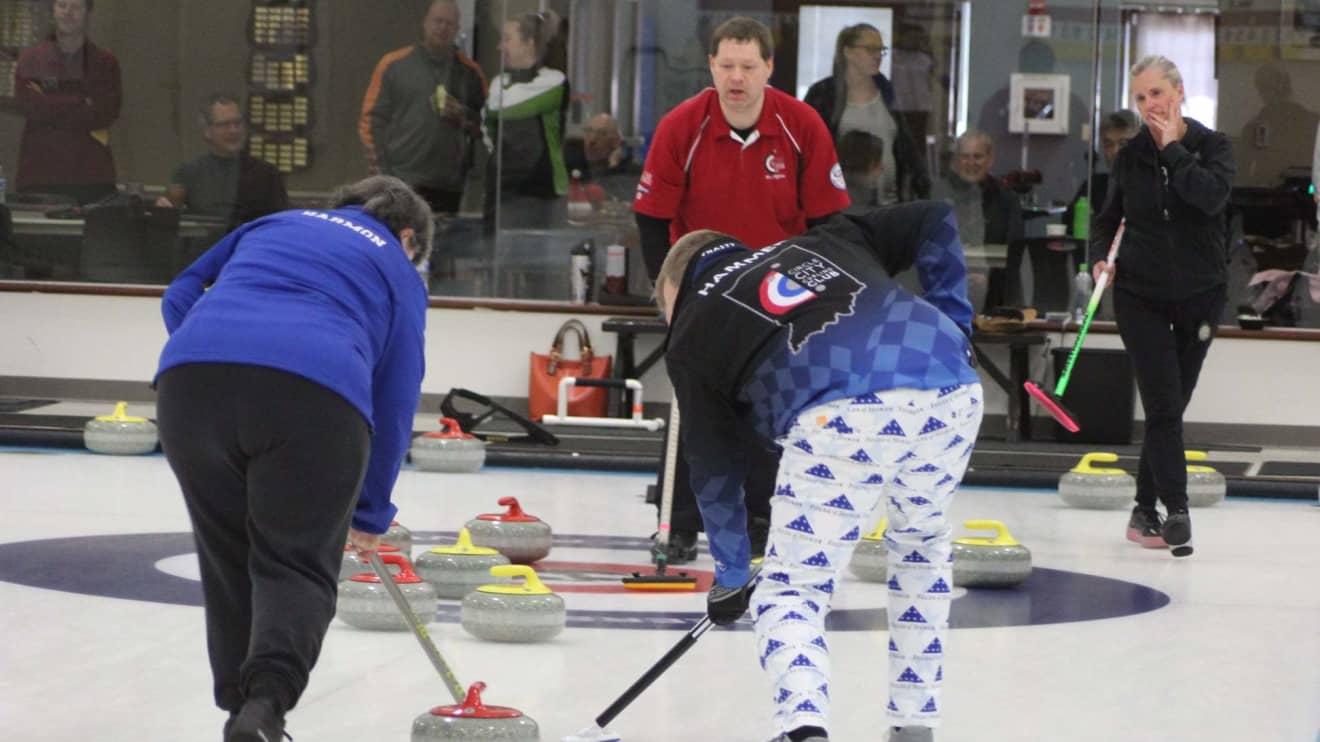This post was originally published on this site
Every four years during the Winter Olympics, Americans become curling fanatics, embracing a fairly obscure sport that is often described as shuffleboard on ice. And the same is expected to happen when the 2022 Games kick off in China on Feb. 4, especially since the U.S. men’s team will be hoping to repeat as gold-medal champs.
It turns out that a fair number of folks are doing more than just watching curling, however. By almost every measure, the sport, whose origins go back to at least the 16th Century, is booming as a participant favorite as well, with players lining up to join the action at long-established clubs in Wisconsin and Minnesota, as well as emerging hot spots (er, cold spots) in places like Kansas City, Mo., and even Brooklyn, N.Y.
Indeed, at the Brooklyn Lakeside Curling Club, which formed around eight years ago, there are almost too many eager curlers, according to club executive Than Tibbetts.
“There’s just not enough ice time to accommodate the demand,” says Tibbetts, who is working to create a new, dedicated facility for his organization. (Currently, the club makes use of space at a local ice rink.)
Jeff Plush, chief executive for USA Curling, the sport’s American governing body, isn’t surprised to hear such stories. He says the number of active curlers in the U.S. has grown from about 16,000 to 25,000 over the last decade, with about 200 clubs operating across 49 of the 50 states (apparently, Louisiana is the lone curling holdout).
The ranks are expected to keep growing, Plush adds.
“I just signed up a new club in Morgantown, West Virginia,” he says.

Players participate in a match at the Milwaukee Curling Club
Milwaukee Curling Club
Plush and others involved with the sport say the growth is naturally being fueled by curling’s popularity during the Olympics. Some 1.6 million viewers watched the 2018 men’s final via NBC’s sports channel, making curling one of the most seen events of the last Winter Games.
Another determining factor is the basic appeal of the sport, which is reminiscent of shuffleboard but with elements — and chess-like strategies — all its own, according to veteran curlers. Curling calls for a player to “throw” a 42-pound stone across an icy rectangular court, with teammates helping to guide it to the optimal spot by furiously sweeping away with specialty brooms.
Players say the sport is easy to learn, but can take a lifetime to master, a formula that often turns newbie curlers into fanatics.
“It’s a sport that you can have fun at and it’s a sport you can be competitive at if you choose to,” says Jim Rasche, who heads up the Milwaukee Curling Club, which claims to be the oldest such organization in the U.S. with a history going back to 1845. (“Before Wisconsin was even a state,” Rasche adds.)
““There’s just not enough ice time to accommodate the demand.””
The gamesmanship notwithstanding, curlers also speak of the built-in camaraderie of the sport. Matches are typically followed by plenty of socializing — or “broomstacking,” as curlers refer to it. Rasche points with pride to the dozen beers on tap at his club’s facilities, for example.
And curlers will travel: Tournaments, referred to as bonspiels, are a big part of the sport’s culture, with curlers often heading across the country for opportunities to play — and party — with fellow curlers.
It also doesn’t hurt that curling is a fairly low-cost sport — club memberships can be a few hundred dollars annually. Clubs provide the stones and can loan out other equipment. They also typically offer special intro events for beginners.
In essence, curling is a winter sport that’s very approachable — unlike, say, luging or the biathlon — and thus affords the non-athletes among us a chance to picture ourselves as would-be Olympians.
“Anybody can do it,” says DeeAnn Wlodarski, president of the Kansas City Curling Club in Missouri.
The Kansas City club is opening a new facility in the coming weeks, timing the event to coincide with Olympics curling fever. Wlodarski knows from previous winter games how the televised international matches fuel a new wave of interest in the sport: In 2018, her club welcomed more than 1,000 would-be curlers come Olympics time.
“It was crazy. We couldn’t book enough ice time,” she says.


